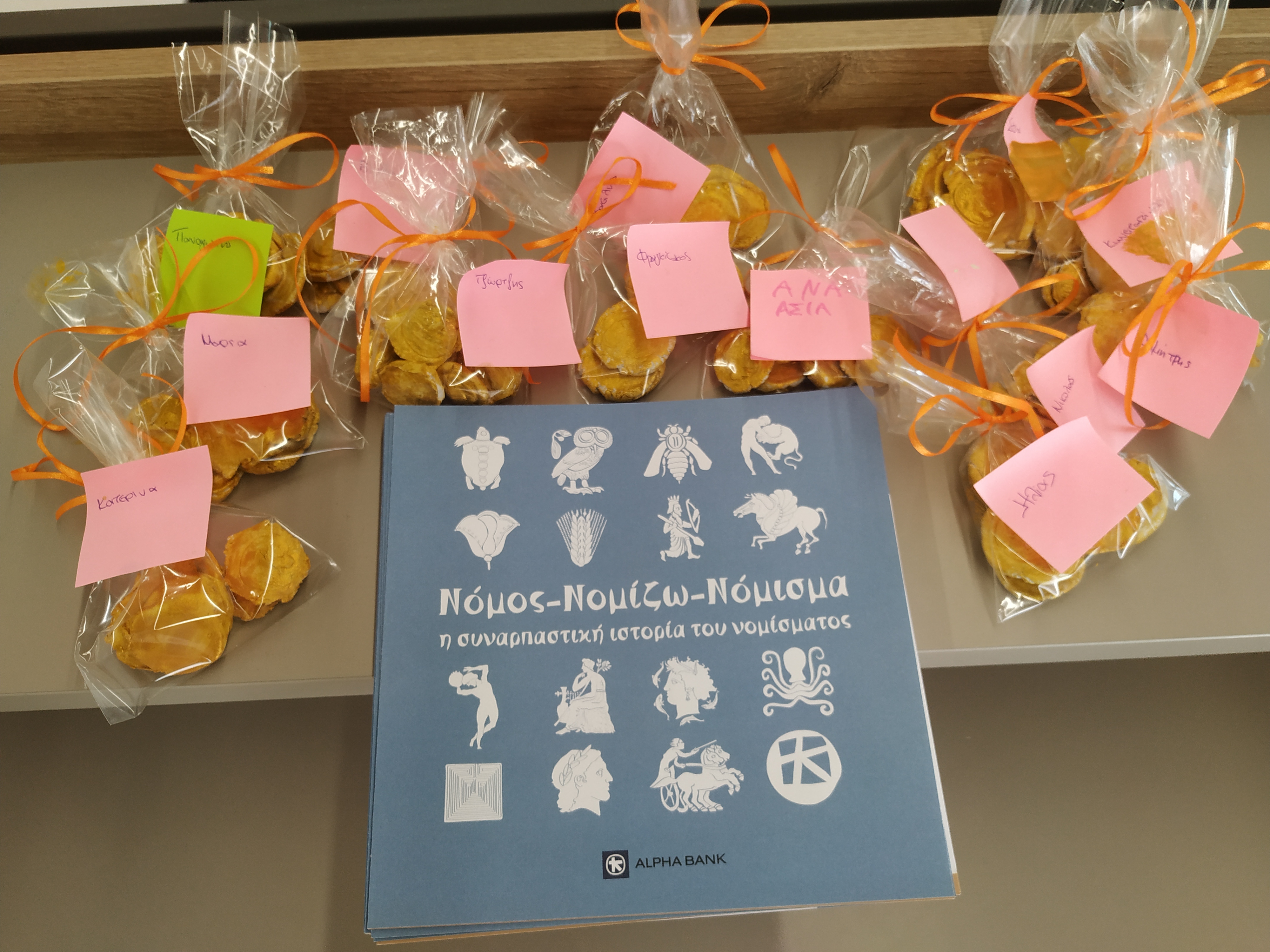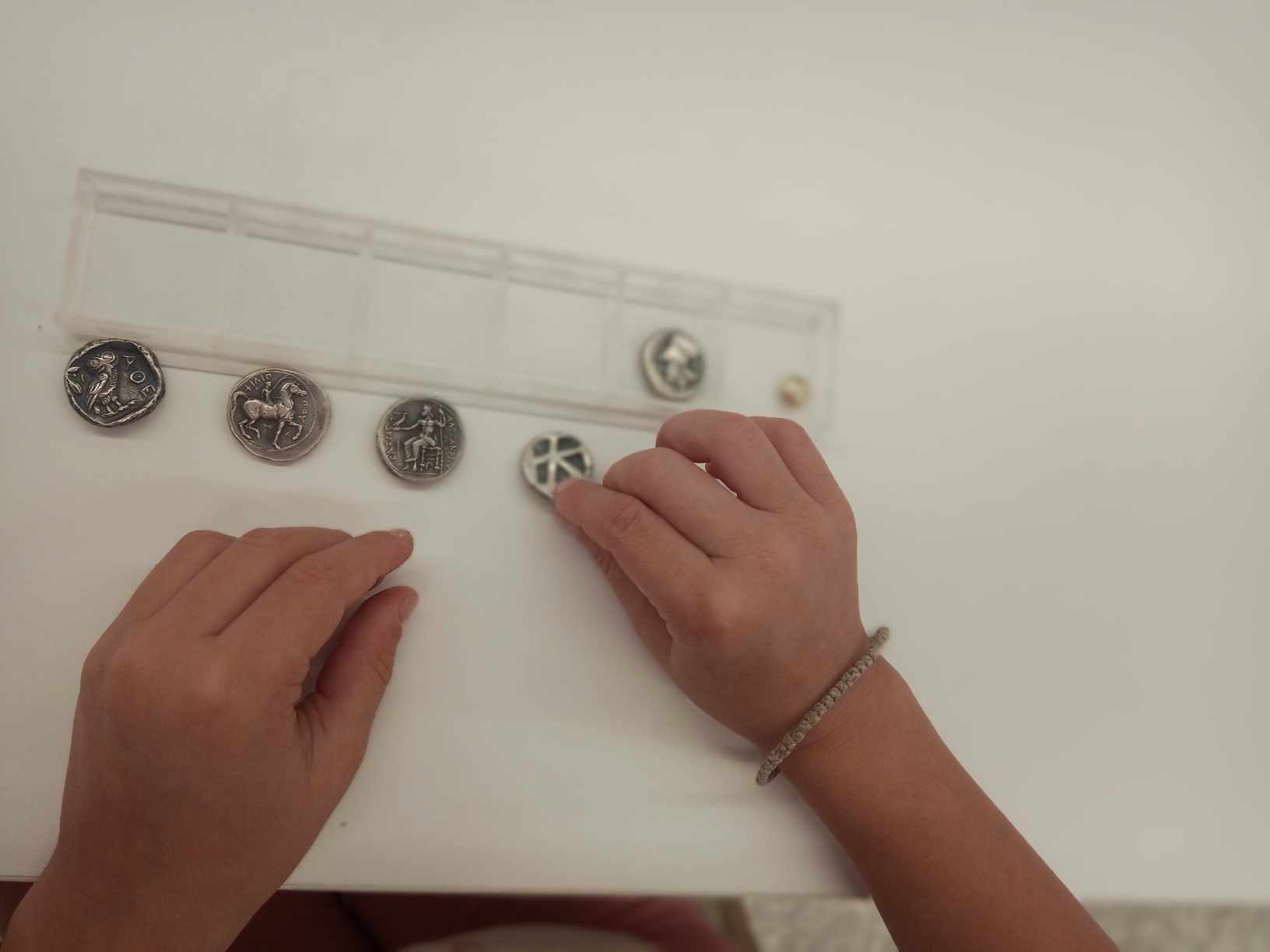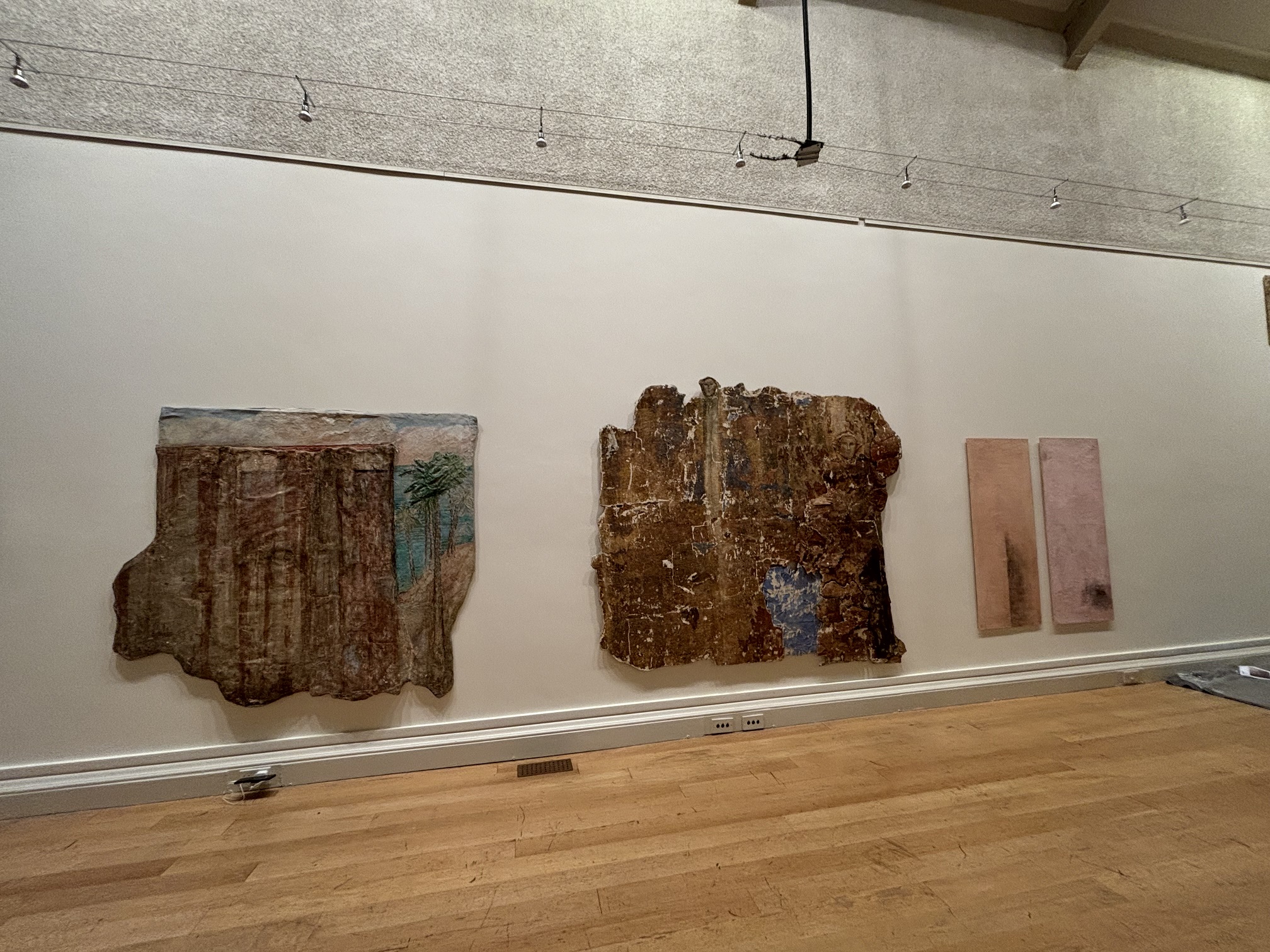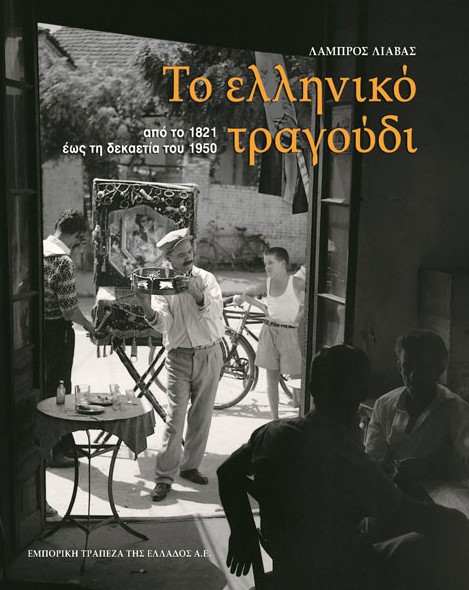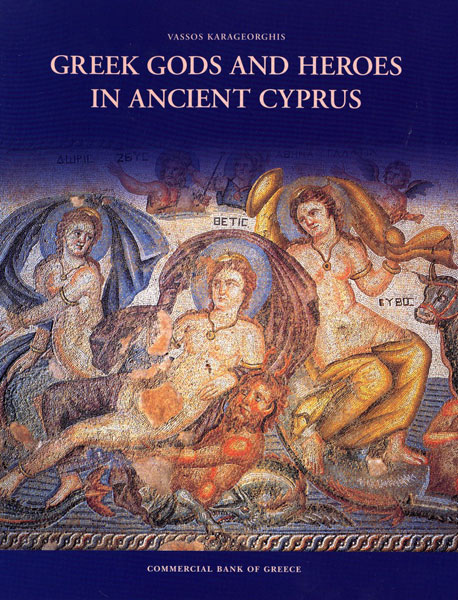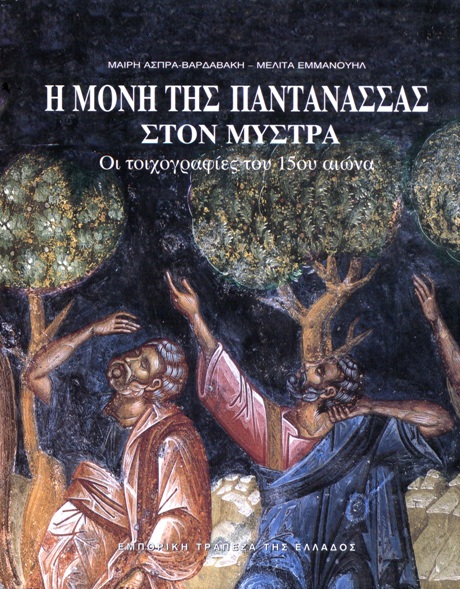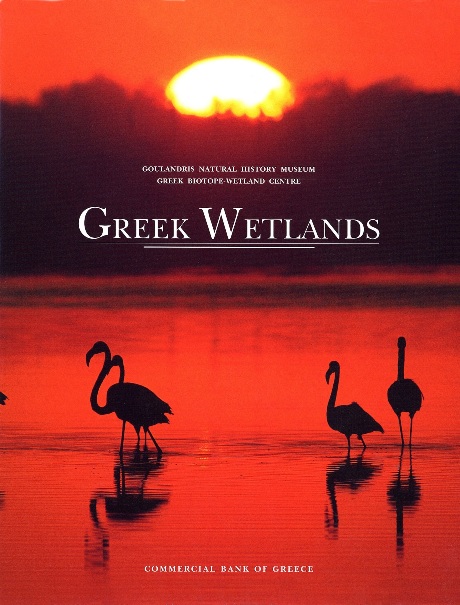“Nomos-Nomizo-Nomisma” Museum Kit in Lavrion
The “Nomos-Nomizo-Nomisma” educational programme in the form of a museum kit, developed by the Alpha Bank Numismatic Collection, travelled to Lavrion and the Handicraft-Industrial Educational Museum (BBEM). The initiative was inspired by the silver tetradrachm. An exact replica of this coin is included in the museum kit and is closely linked to Lavrion and the mining activity in the area since antiquity.
18 children aged 5-7 participated in the programme. Since the audience was younger this time, the museum kit material was adapted accordingly and a more playful and experiential approach was adopted.
The museum ran the “Nomos-Nomizo-Nomisma” programme as part of the “Technokypseli” educational and creative activities it launched during the summer of 2024.
The children discover the history of coins
Through their participation in the educational programme in the form of a museum kit, the children:
- Learned about the barter system, which people used to meet their basic needs before the invention of money.
- Became more familiar with the concept of bartering through a theatrical game re-enacting barter economy.
- Discovered the fascinating history of coins.
- Observed exact ancient coin replicas, such as the Athenian silver tetradrachm, which served as the opportunity for them to learn about the relationship between the coin and the Lavreotiki region, as well as the significance of the region's mining activity in ancient and modern times.
• Learned how ancient coins were made, and created their own coins out of plasticine using clay moulds, following the ancient technique.
Coins teaching mythology and geography
In addition to the history of coins, the children also became familiar with geography and mythology by:
- Exploring a jigsaw puzzle-like floor map and locating cities or areas where the coins they had learned about earlier were issued.
- Identifying and describing the mythological figures and scenes depicted on the coin cards included in the museum kit.
- Participating in an entertaining experiential activity during which they set the laws of their own community, socialised, worked in teams, asked questions, expressed thoughts and interacted with one another.
The silver tetradrachm of Athens
The silver tetradrachm of Athens was the best-known coin in the ancient world, from the city's peak period in the 5th century BCE to the time of Alexander the Great, when the Macedonian coins prevailed.
The obverse depicts the head of Athena, the patron goddess of the city, while the reverse, her sacred symbol, the “glaux” (Ancient Greek for “owl”).
As the city-state of Athens expanded rapidly, the Athenian owl, as the coin became known, travelled beyond its borders and was widely used in international transactions for 2 consecutive centuries. Athenian owls flooded markets from Sicily and Egypt to Babylon and Bactria.
The relationship between the Athenian tetradrachm and Lavrion
The wider area of Lavrion is renowned for its mineral wealth. Ever since antiquity, it has been directly associated with intense mining activity.
The systematic and intensive exploitation of silver deposits in the Lavreotiki region mines contributed to promoting coin production in ancient Athens. A large number of Athenian tetradrachms were minted using silver from Lavrion.
The Handicraft-Industrial Educational Museum
The Handicraft-Industrial Educational Museum (BBEM) opened in 2003. It is housed in the historic complex of the Lavrion French Mining Company, which today is the Lavrion Technological and Cultural Park.
Through the experiential, educational, creative and guided-tour activities it hosts, the Handicraft-Industrial Educational Museum:
- Highlights the unique mining heritage of the Lavreotiki region.
- Showcases the multifaceted activity of the region from ancient to modern times.

